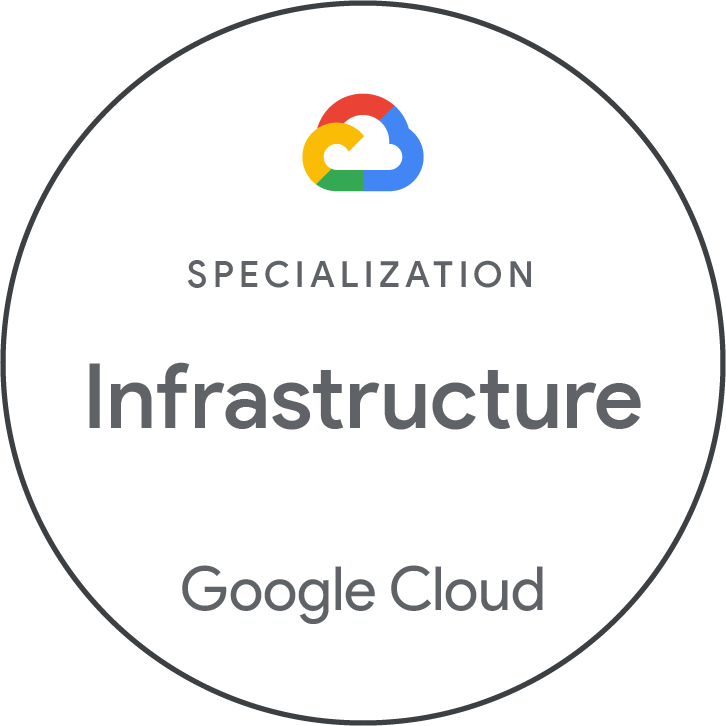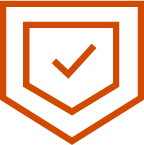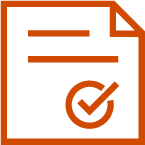{{item.title}}
{{item.text}}

{{item.text}}
In today's rapidly evolving digital landscape, cloud security has emerged as one of the critical pillars in safeguarding data and maintaining trust in online environments. As organizations increasingly migrate their operations to the cloud, the need for strong security measures becomes paramount to safeguard sensitive information from cyber threats.
Cloud security encompasses a range of practices and technologies designed to shield cloud-based systems, applications, and data from unauthorized access, breaches, and other vulnerabilities. Given the surge in sophisticated cyberattacks, businesses should prioritize cloud security to confirm compliance with regulatory requirements and maintain the integrity of their digital assets.
By leveraging advanced security solutions from industry leaders like Google and PwC, organizations can aim to mature their cloud security posture, mitigate risks, and foster a secure and resilient digital ecosystem.
To effectively establish governance and define security requirements in Google Cloud environments, organizations should develop a holistic framework that guides secure operations. This begins with building out a detailed requirements taxonomy, which includes the creation of a charter, policies, standards, and security controls that govern cloud operations. By establishing this structured approach, organizations can enhance alignment with business objectives and regulatory requirements.
Additionally, it is essential to map high-level control objectives to specific technical control specifications. This involves detailing the technical measures that should be implemented within both the Google Cloud environment and specific Google Cloud services. By clearly defining these technical specifications, organizations can improve their security controls to be precisely tailored to address potential vulnerabilities and threats in the cloud.
To effectively design repeatable security architectures in cloud environments, organizations should focus on developing core design patterns that promote standardization while enabling teams to enhance these patterns for specific business use cases. Secure infrastructure blueprints are pivotal in this process, as they help accelerate the deployment of applications to the cloud by offering standardized, repeatable cloud security architecture patterns. These blueprints translate security controls into technical architectures, providing clear guidance on how to implement security measures effectively and efficiently.
In addition, Cloud-Native Application Protection Platforms (CNAPP) play a crucial role by providing both pre- and post-deployment observability capabilities. CNAPP serves as a foundational cloud security tool that enhances observability and enforcement, enabling organizations to detect and respond to potential security threats in real time. By integrating CNAPP into the security architecture, organizations can achieve continuous monitoring and enforcement, thereby strengthening their overall security posture. By leveraging these standardized patterns, organizations can reduce complexity and deliver leading security practices consistently across all cloud deployments.
To establish cloud security observability and enforcement effectively, organizations must integrate Policy-as-Code (PaC) scanning, vulnerability management, and Cloud Native Application Protection Platform (CNAPP) strategies into their cloud operations. PaC scanning plays a crucial role by validating that security controls are in place before cloud infrastructure and platform resources are deployed. By scanning and enforcing security requirements within the development pipeline, organizations can proactively address potential vulnerabilities and improve compliance with security policies from the start. This approach not only streamlines the deployment process but also helps reduce the risk of security misconfigurations and non-compliance.
In conjunction, implementing container security through container image scanning is essential for detecting and blocking vulnerabilities before they reach production environments. By scanning container images for vulnerabilities and compliance issues, organizations can prevent insecure code from being deployed, thereby safeguarding cloud applications and infrastructure.
When combined with CNAPP solutions, like Google’s Security Command Center Enterprise, these practices establish and form a solid framework for cloud security observability and enforcement.
To effectively perform security monitoring and operations in cloud environments, organizations should integrate thorough threat detection and response (TDR) strategies, strong metrics and reporting systems, and automated response mechanisms. TDR is crucial for maintaining vigilance over cloud environments. By deploying advanced detection tools, such as Google Security Operations, organizations can continuously monitor for suspicious activities and potential security threats. The goal is to identify and address these threats before they can impact the system, taking a proactive security posture.
Metrics and reporting play a critical role in providing continuous visibility into the overall health of the security program. By developing dashboards and reporting on key risk indicators (KRIs) and key performance indicators (KPIs), organizations can gain insights into their security operations and make informed decisions. This continuous visibility allows for the assessment of security effectiveness and supports strategic planning.
Automated response mechanisms are essential for mitigating violations of non-negotiable or high-risk security requirements. By automating responses to specific security events within Google Security Operations SOAR, organizations can quickly address potential threats without manual intervention, thereby reducing the impact on cloud operations and enhancing operational efficiency.
To effectively safeguard cloud environments, businesses should focus on four main pillars: identity and access management (IAM), data protection and encryption, threat detection and incident response, and compliance and regulatory adherence. By addressing these key areas, organizations can build a solid security framework that not only defends against cyber threats but also fosters trust and confidence among stakeholders.
Effective IAM solutions are critical for controlling who has access to cloud resources. By implementing strong authentication mechanisms and role-based access controls, organizations can confirm that only authorized personnel can access sensitive data and applications.
Safeguarding data in the cloud involves confirming its confidentiality, integrity, and availability. Encryption plays a crucial role, as it secures data both in transit and at rest, making it unreadable to unauthorized users. By implementing effective encryption strategies, organizations can safeguard sensitive information from breaches and unauthorized access.
In the face of evolving cyber threats, early detection and rapid response are critical. Cloud security solutions should include advanced threat detection capabilities, such as anomaly detection and machine learning, to identify potential security incidents quickly. Having a well-defined incident response plan confirms that organizations can mitigate the impact of breaches and recover swiftly.
Organizations should navigate various regulatory requirements related to data privacy and security, such as GDPR or HIPAA. Establishing compliance involves implementing necessary controls, conducting regular audits, and maintaining transparency with stakeholders. Staying compliant not only mitigates legal risks but also enhances trust with customers and business partners.
{{item.text}}

{{item.text}}






